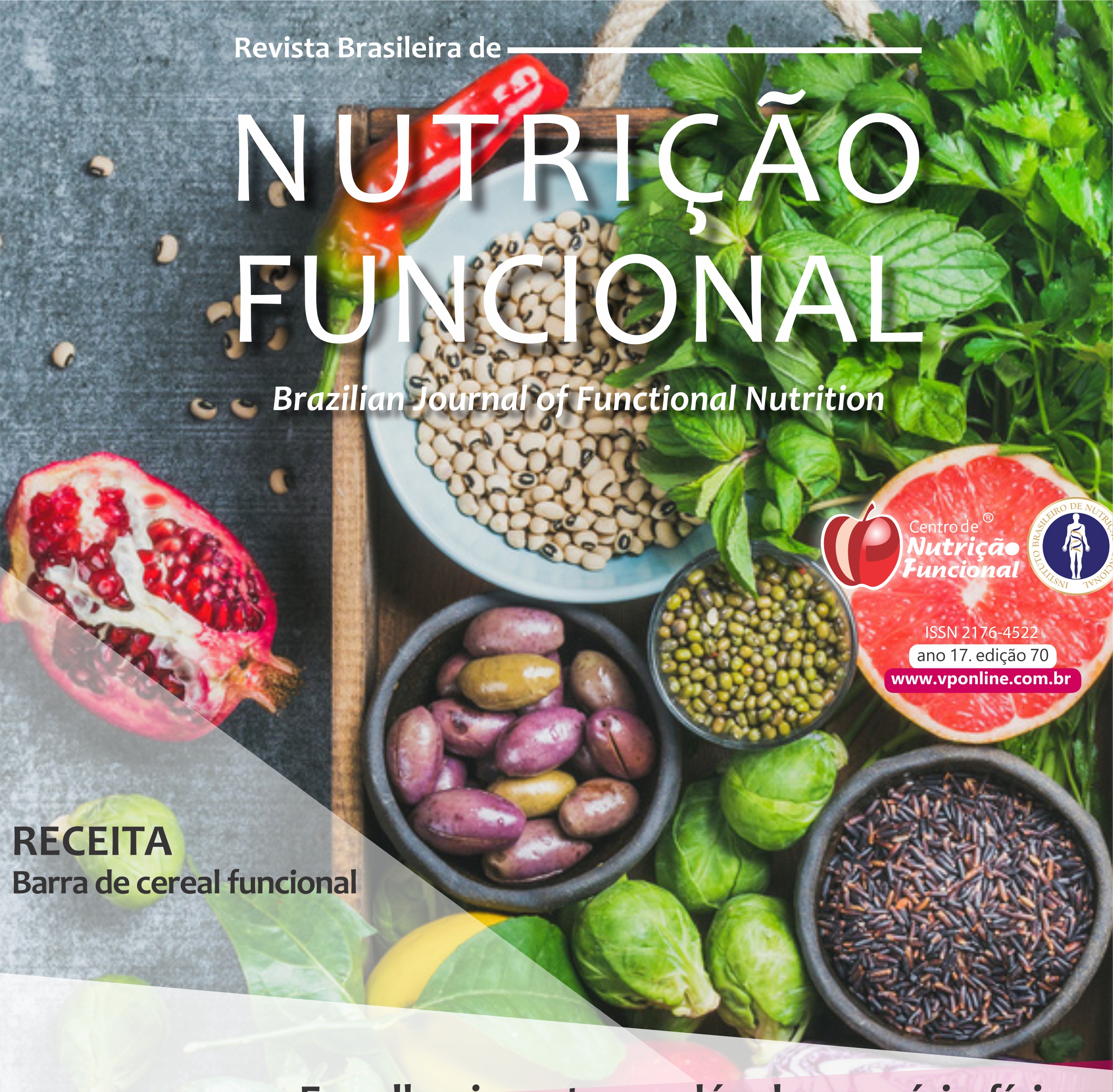-
Nutrição e Saúde Cardiovascular – Artigo 18
The Mediterranean Diet, its Components, and Cardiovascular Disease One of the best studied diets for cardiovascular health is the Mediterranean diet. This consists of fish, monounsaturated fats from olive oil, fruits, vegetables, whole grains, legumes/nuts, and moderate alcohol consumption. The Mediterranean diet has been shown to reduce the burden, or even prevent the development, of cardiovascular disease, breast cancer, depression, colore... -
Nutrição e Saúde Cardiovascular – Artigo 2
A Prospective Study of Different Types of Dietary Fiber and Risk of Cardiovascular Disease: Tehran Lipid and Glucose Study This study was designed to examine the hypothesis that dietary of intake different types of fiber could modify the risk of cardiovascular disease (CVD) in a large prospective cohort among Iranian adults. Methods: In 2006–2008, we used a validated food frequency questionnaire to assess dietary fiber intake among 2295 ... -
Nutrição e Saúde Cardiovascular – Artigo 8
Dietary and Policy Priorities for Cardiovascular Disease, Diabetes, and Obesity – A Comprehensive Review Suboptimal nutrition is a leading cause of poor health. Nutrition and policy science have advanced rapidly, creating confusion yet also providing powerful opportunities to reduce the adverse health and economic impacts of poor diets. This review considers the history, new evidence, controversies, and corresponding lessons for modern ... -
Nutrição e Saúde Cardiovascular – Artigo 6
Crossover effect of spouse weekly working hours on estimated 10-years risk of cardiovascular disease Objectives To investigate the association between spouse weekly working hours (SWWH) and the estimated 10-years risk of cardiovascular disease (CVD). Methods This cross-sectional study was based on the data obtained from the Korean National Health and Nutrition Examination Survey 2007–2012. Data of 16,917 participants (8,330 husbands, ... -
Revista Brasileira de Nutrição Funcional – 2017 – edição 70
O papel da nutrição na prática esportiva em diferentes fases da vida está cada vez mais evidente, sendo primordial para a performance e qualidade de vida. Neste sentido, esta nova edição traz artigos sobre a importância do envelhecimento celular saudável na promoção da biogênese mitocondrial pelo consumo de nutrientes estimulantes, e sobre o valor da adequada suplementação proteica em idosos praticantes de exercícios de força. ... -
Nutrição e Saúde da Tireoide – Artigo 14
Radioiodine-induced oxidative stress in patients with differentiated thyroid carcinoma and effect of supplementation with vitamins C and E and selenium (antioxidants) Objective: The objective of this study, in addition to confirming that therapy with 131I causes oxidative stress, was to evaluate the effect of supplementation with vitamins C and E and selenium on this phenomenon by measuring plasma 8-epi-PGF2a, a marker of lipid peroxidation. ... -
Nutrição e Saúde da Tiroide – Artigo 17
Thyroid Hormone Receptor Beta in the Ventromedial Hypothalamus Is Essential for the Physiological Regulation of Food Intake and Body Weight Energy homeostasis is regulated by neurotransmitters and by humoral factors including thyroid hormones, which act within the hypothalamus and systemically to regulate food intake (Coppola et al., 2007, Coll et al., 2007) and energy expenditure (Kim, 2008). The effects of the active form of thyroid hormone, ...

